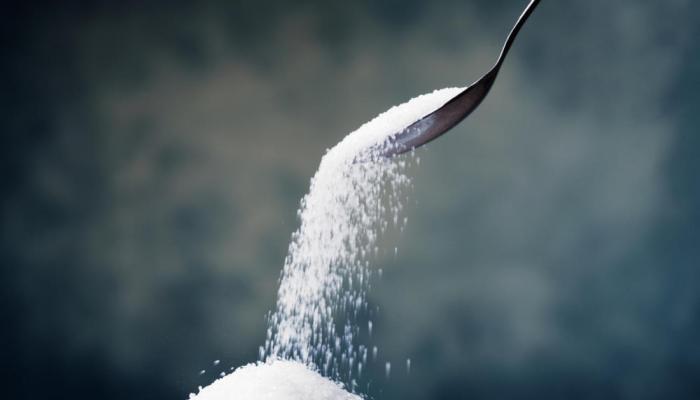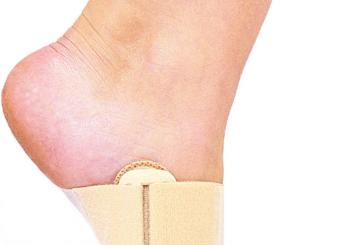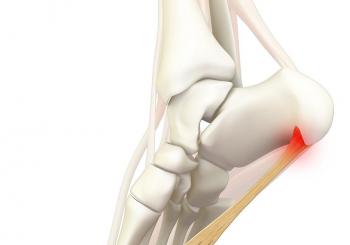
Modern life is so fast-paced that it can be difficult to keep a healthy balance of nutrients in the food you eat. Sugar is one of these nutrients, and the cells in the body would die without it.
Consuming too much sugar, however, raises the risk of several dangerous health problems, including obesity, type 2 diabetes, increased pressure on the heart and blood vessels, and dental decay.
It is estimated that the average person in the United States consumes around 19.5 teaspoons, or 82 grams (g) of sugar, per day. That is over double the amount recommended by the American Heart Association (AHA), which is 9 teaspoons per day for men and 6 teaspoons for women.
To keep control of sugar levels, it can be helpful to know just how much sugar is in the most widely-available foods. This MNT Knowledge Center article is a one-stop resource listing the sugar content for a range of both processed and natural foods that people in the U.S. eat every day.
Fast facts on added sugar
- Men should eat no more than 9 teaspoons of sugar per day and women no more than 6.
- Chocolate bars, sweet cereals, and soda often contain high levels of added sugar.
- Fruits contain natural sugars that are less harmful than the sugar found in processed food.
- Regularly consuming too much sugar increases the risk of heart disease, diabetes, and obesity.
What is sugar?
Sugar is a sweet addition to food that can cause serious health problems when consumed in excess over an extended period.
Sugar is a simple carbohydrate that belongs to a class of chemically related sweet-tasting substances. It is available in many different forms.
The three main types of sugar are sucrose, lactose, and fructose.
Even though cells need glucose to survive, consuming too much can cause health problems.
The AHA says that added sugars contribute zero nutrients and are empty calories "that can lead to extra pounds, or even obesity, thereby reducing heart health."
Being aware of the existing and added sugar content in foods and drinks is vital to overall health. So many products have sugar added to them that, in the modern food market, people must take extra steps to avoid consuming more than the recommended amount.
In March 2015, the World Health Organization (WHO) published new guidelines recommending that adults and children reduce their intake of added sugars to less than 10 percent of their total energy intake. A further reduction to below 5 percent is associated with additional health benefits.
The term "free sugars" refers to any glucose, fructose, and sucrose added to foods and drinks, as well as the sugars that occur naturally in syrups, honey, and fruit juice. The term does not apply to the natural sugars found in fresh fruit, vegetables, or milk because there is no evidence linking these sugars to health problems.
A single teaspoon of sugar is around 4 g. The AHA recommendation for daily added sugar intake, 6 teaspoons for women and 9 teaspoons for men, is equal to 24 g and 36 g of added sugar, respectively.
Sugar content
Below are some common everyday foods and drinks, listed with their sugar content.
This aims to give guidance when making dietary choices. The sugar content of some of the following items may be higher than expected.
Chocolate bars
While there are less harmful chocolate options, such as dark or raw chocolate, there is a wide range of chocolate bars available on the market and the sugar content varies between brands and products.
- Snickers bar (57 g): 5.83 teaspoons of sugar
- Milky Way bar (58 g): 7.02 teaspoons of sugar
- 3 Musketeers bar (60 g): 8.14 teaspoons of sugar
- Butterfinger bar (60 g): 5.58 teaspoons of sugar
- Dove chocolate bar (37 g): 4.16 teaspoons of sugar
- Hershey's Milk Chocolate bar (43 g): 4.87 teaspoons of sugar
- Twix bar (57 g): 5.68 teaspoons of sugar
- Milk chocolate M&M's packet (42 g): 5.68 teaspoons of sugar
Soft drinks
Drinking fizzy, sugary beverages can end up contributing most of your daily sugar intake.
- Coca-Cola (one can, 330 ml): 7.25 teaspoons of sugar
- Red Bull (one can): 5.35 teaspoons of sugar
- Sprite (one can): 7.61 teaspoons of sugar
- Old Jamaica Ginger Beer (one can): 10.18 teaspoons of sugar
A study published in Circulation, the journal of the AHA, identified a link between drinking more than one can of soda a day and an increased risk of developing heart disease and diabetes.
Breakfast cereal
Some cereals are extremely sugary.
In the U.S., breakfast cereals are among the most commonly consumed foods with high levels of added sugar.
The following values show the amount of sugar per 100 g serving in some of the most popular cereals.
- Alpen: 4.05 teaspoons of sugar
- Cheerios: 0.88 teaspoons of sugar
- Corn Flakes: 1.93 teaspoons of sugar
- Cocoa Krispies: 7.83 teaspoons of sugar
- Froot Loops: 8.46 teaspoons of sugar
- Raisin Bran: 6.35 teaspoons of sugar
- Frosted Flakes: 7.12 teaspoons of sugar
- Honey Smacks: 11.4 teaspoons of sugar
- Rice Krispies: 2 teaspoons of sugar
- Special K: 2.57 teaspoons of sugar
- Wheaties: 3.08 teaspoons of sugar
- Trix: 6.49 teaspoons of sugar
- Lucky Charms: 7.33 teaspoons of sugar
- Rice Chex: 1.62 teaspoons of sugar
- Wheat Chex: 2.09 teaspoons of sugar
- Corn Chex: 2.25 teaspoons of sugar
- Honey Nut Cheerios: 6.67 teaspoons of sugar
- Reese's Puffs: 6.3 teaspoons of sugar
- Golden Grahams: 7.1 teaspoons of sugar
- Cocoa Puffs: 7.55 teaspoons of sugar
- Cookie Crisp: 7.06 teaspoons of sugar
- Shredded Wheat: 0 teaspoons of sugar
- Cocoa Pebbles: 7.26 teaspoons of sugar
- Banana Nut Crunch: 3.55 teaspoons of sugar.
In June 2012, researchers from Yale Rudd Center for Food Policy & Obesity suggested that even though some cereals aimed at children had become more nutritious, cereal companies had increased their advertising spending considerably. Cereal advertising aimed at children increased by 34 percent between 2008 and 2011.




